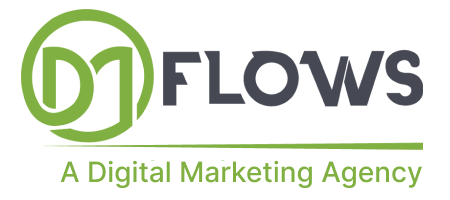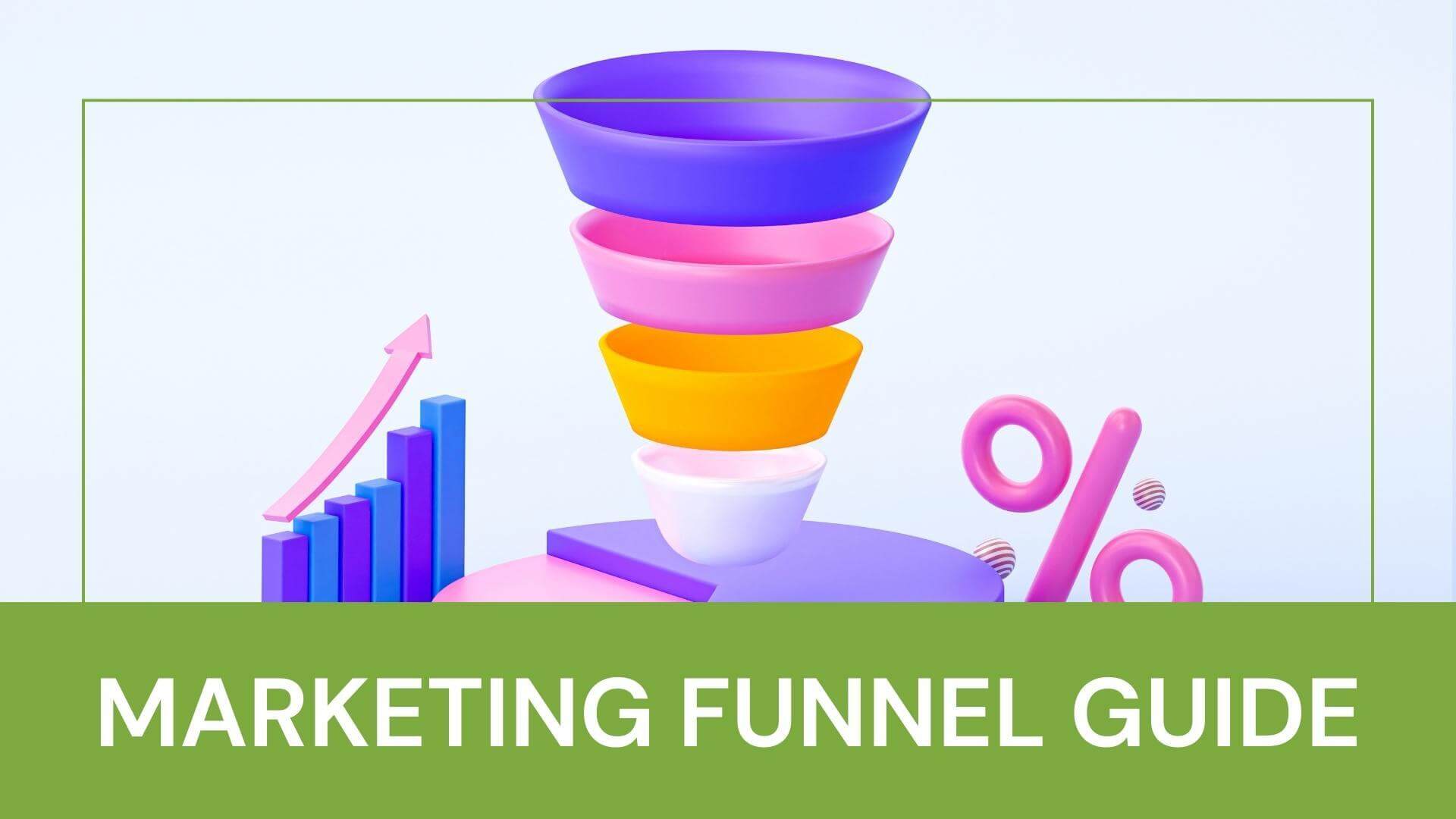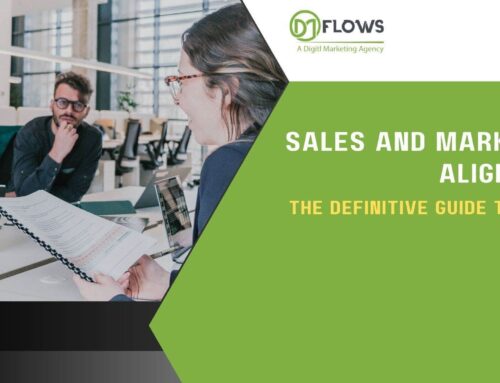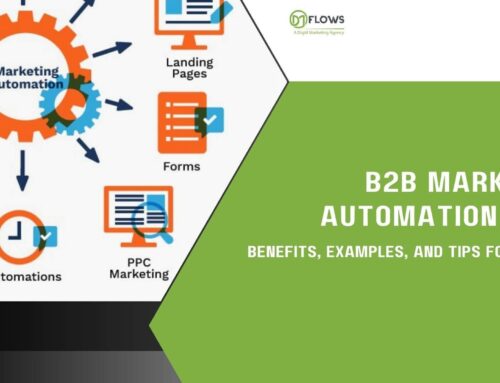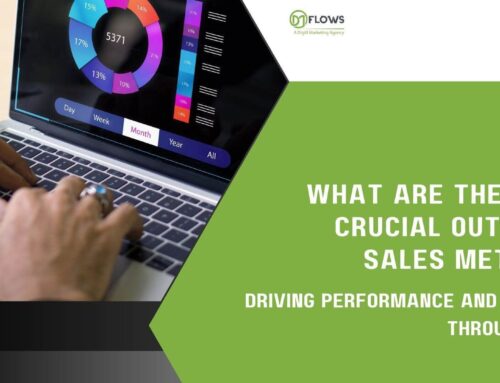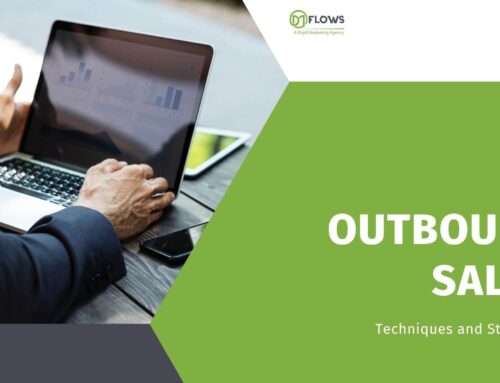Marketing Funnel Guide
Companies with a clear marketing funnel see up to 73% higher conversion rates.
If you’re tired of chasing customers and want a step-by-step plan to turn strangers into loyal buyers, you’re in the right place.
I’m going to break everything down step by step, in plain language, so you can feel confident creating your own marketing funnel by the end of this guide. Let’s get started!
What Exactly is a Marketing Funnel (and Why Should You Care)?
Let’s keep it simple: A marketing funnel is a step-by-step journey your ideal customer takes, from first hearing about your business to eventually buying from you—and ideally, becoming a raving fan.
Imagine it like an actual funnel. At the top, you’re attracting lots of people who are just discovering you. As they move through the funnel, some people drop out, but the right ones continue to the bottom and convert into customers.
Why does this matter? Because without a funnel, you’re essentially throwing spaghetti at the wall and hoping it sticks. A marketing funnel gives you:
- A clear structure to guide potential customers.
- A predictable way to drive consistent sales.
- A system to nurture and build relationships with your audience.
So if you want to stop guessing and start seeing results, a marketing funnel is your golden ticket.
Create a Marketing Funnel with 5 steps
Here are the five detailed yet simple steps for you to make a highly converting marketing funnel for your business:
Step 1: Know Your Audience Inside and Out
You can’t build a winning funnel if you don’t understand who you’re targeting.
Ask Yourself:
- Who is my ideal customer? What are their demographics (age, location, gender, profession)?
- What keeps them up at night? What are their biggest problems, needs, and desires?
- Where do they hang out? Are they scrolling on Instagram, reading emails, or searching Google?
- What would make them trust me? What type of content, testimonials, or value would make them say, “This business gets me”?
The more you understand your audience, the easier it becomes to attract, engage, and convert them into buyers.
Example:
Let’s say you’re a marketing consultant. Your ideal audience might be small business owners struggling to grow their business because they don’t have the right systems in place. They want simple, actionable advice and not complex marketing jargon.
Step 2: Map Out Your Customer Journey
A winning marketing funnel doesn’t happen by accident. You need to map out every step of your customer’s journey.
Here are the four main stages:
1. Awareness (Top of Funnel – TOFU)
At this stage, your goal is to grab attention. People don’t know who you are yet, so focus on providing value and building trust.
- What to create: Blog posts, social media content, videos, podcasts.
- What to focus on: Solving problems, answering questions, or entertaining your audience.
Example: A fitness coach might create a free video series titled “5 Exercises to Start Burning Fat at Home.”
2. Interest (Middle of Funnel – MOFU)
Now that you’ve caught their attention, you want to nurture the relationship. Show that you understand their problems and offer solutions.
- What to create: Lead magnets (freebies like eBooks, checklists), webinars, email sequences.
- What to focus on: Educating and adding value to move them closer to buying.
Example: A small business software company might offer a free guide titled “The Ultimate Productivity Toolkit for Entrepreneurs.”
3. Decision (Bottom of Funnel – BOFU)
This is where you encourage people to make a purchase. They’re considering options, so show them why you’re the best choice.
- What to create: Case studies, product demos, testimonials, limited-time offers.
- What to focus on: Proving your value and handling any objections.
Example: A SaaS tool might share a case study of how one customer increased sales by 50% using their platform.
4. Retention (Post-Purchase)
The funnel doesn’t end at the sale! Your goal here is to turn customers into repeat buyers and brand advocates.
- What to create: Follow-up emails, loyalty programs, referral incentives.
- What to focus on: Providing ongoing value and building long-term relationships.
Example: A clothing brand might send personalized product recommendations or offer a discount on a customer’s next purchase.
Step 3: Create Content for Each Stage
Now that you know the stages, it’s time to create content that matches each part of the funnel.
Content Ideas by Stage:
| Stage | Goal | Content Ideas |
|---|---|---|
| Awareness (TOFU) | Attract & Educate | Blog posts, videos, social media posts |
| Interest (MOFU) | Build Trust & Nurture | eBooks, webinars, lead magnets |
| Decision (BOFU) | Convert to Customers | Case studies, demos, sales pages |
| Retention | Keep Engaged & Loyal | Follow-up emails, loyalty rewards |
Make sure your content speaks to your audience’s needs at each stage.
It’s not about being everywhere, it’s about being strategic.
Step 4: Automate Where You Can
One of the best parts about marketing funnels is that you can automate a lot of it!
Tools to Consider:
- Email marketing platforms: MailChimp, HubSpot, ActiveCampaign.
- Lead capture tools: Opt-in forms, pop-ups, and landing pages.
- CRM systems: To manage customer relationships (like HubSpot).
Automation helps you save time while ensuring no potential customer slips through the cracks. For example:
- Someone downloads your free eBook.
- They automatically receive a welcome email sequence.
- You nurture them over the next few days.
- At the right time, you send them a targeted offer.
Boom! the funnel works for you, even while you sleep.
Step 5: Test, Measure, and Optimize
No funnel is perfect right out of the gate and that’s okay!
The secret to a winning funnel is continuous improvement.
Track These Metrics:
- Traffic: How many people are entering your funnel?
- Conversion Rates: How many people are moving from one stage to the next?
- Sales: How many people are buying?
- Cost per Acquisition: How much does it cost to acquire a customer?
Ask Yourself:
- Where are people dropping off?
- Which pieces of content are performing the best?
- How can you tweak your messaging or offers to improve results?
Use tools like Google Analytics, Hotjar, or email marketing reports to get these insights
Final Thoughts: It’s About Progress, Not Perfection
Building a winning marketing funnel doesn’t have to feel overwhelming. Start small, focus on understanding your audience, and map out each step of their journey. Then, create content that speaks to their needs and test as you go.
Remember, a great funnel is always evolving. It’s not about being perfect—it’s about taking action, learning, and improving along the way.
You’ve got this! Now, go start building that funnel and watch your business grow.
Need Help? If you want a hand designing a marketing funnel tailored for your business
